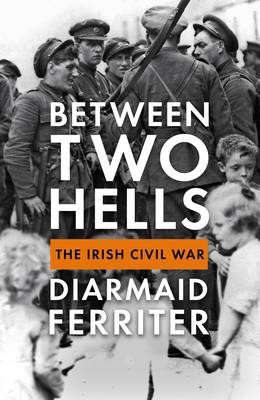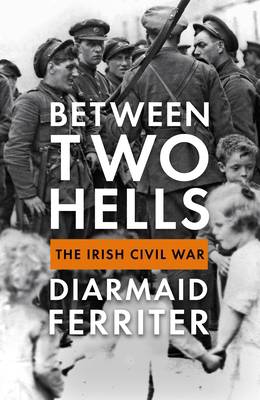
- Afhalen na 1 uur in een winkel met voorraad
- Gratis thuislevering in België vanaf € 30
- Ruim aanbod met 7 miljoen producten
- Afhalen na 1 uur in een winkel met voorraad
- Gratis thuislevering in België vanaf € 30
- Ruim aanbod met 7 miljoen producten
Zoeken
Omschrijving
The history of the war that shaped the Irish political landscape across the twentieth century and up to the present day, by Ireland's most prominent academic and broadcast historian
Specificaties
Betrokkenen
- Auteur(s):
- Uitgeverij:
Inhoud
- Aantal bladzijden:
- 336
Eigenschappen
- Productcode (EAN):
- 9781788161749
- Verschijningsdatum:
- 2/09/2021
- Uitvoering:
- Hardcover
- Afmetingen:
- 268 mm x 170 mm
- Gewicht:
- 634 g

Alleen bij Standaard Boekhandel
+ 55 punten op je klantenkaart van Standaard Boekhandel
Beoordelingen
We publiceren alleen reviews die voldoen aan de voorwaarden voor reviews. Bekijk onze voorwaarden voor reviews.











